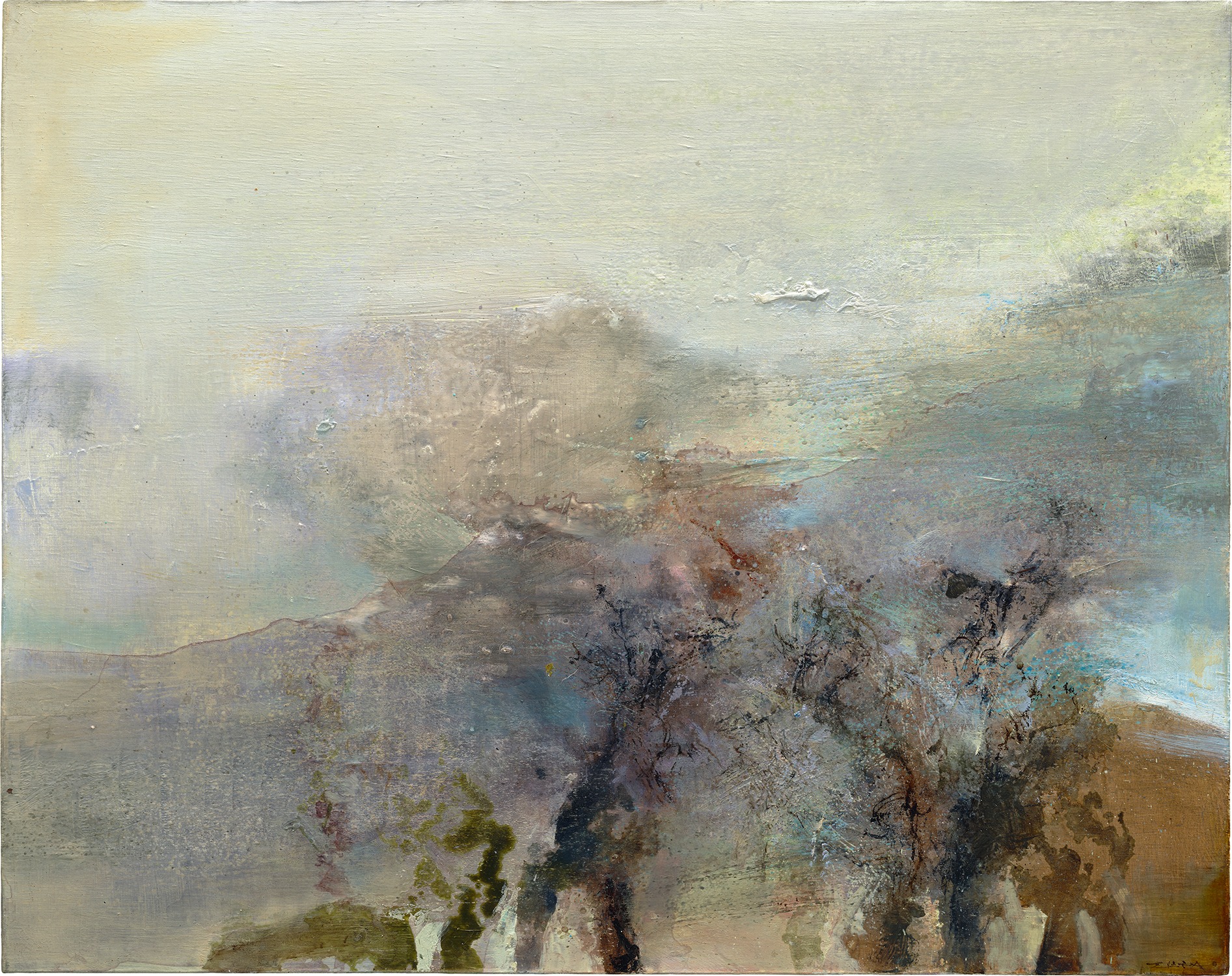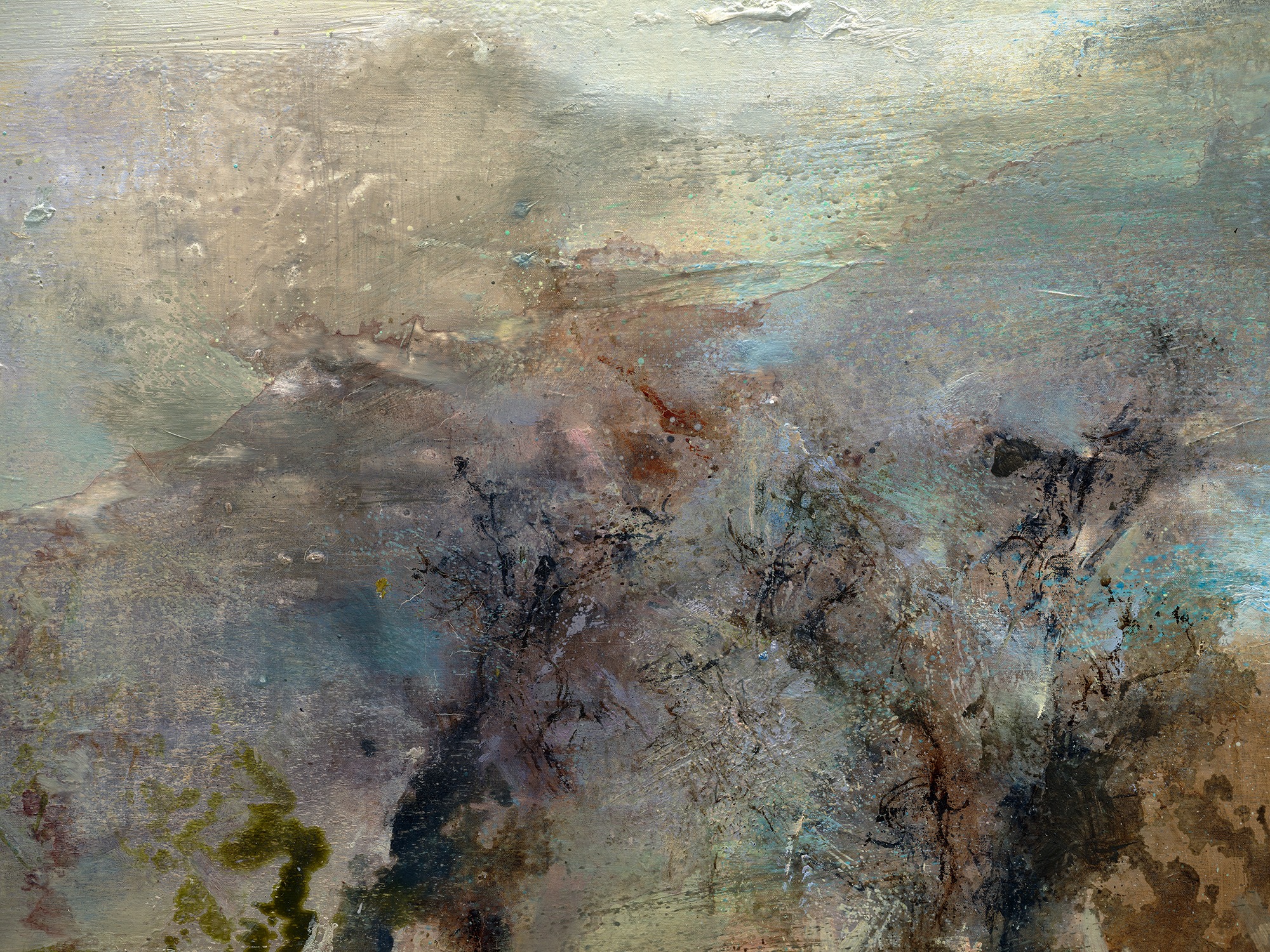





15
Zao Wou-Ki
20.8.84
signed 'Wou-Ki [in Chinese] ZAO' lower right; further signed, titled, inscribed and dated 'ZAO WOU-Ki "20.8.84" Declié à claude pompidou Amitié de Françoise et Wou-Ki [in Chinese] ZAO Paris 1996' on the reverse
oil on canvas
73.2 x 92 cm. (28 7/8 x 36 1/4 in.)
Painted in 1984. This work is referenced in the archive of the Fondation Zao Wou-Ki and will be included in the artist's forthcoming catalogue raisonne prepared by Françoise Marquet and Yann Hendgen. (Information provided by Fondation Zao Wou-Ki.)